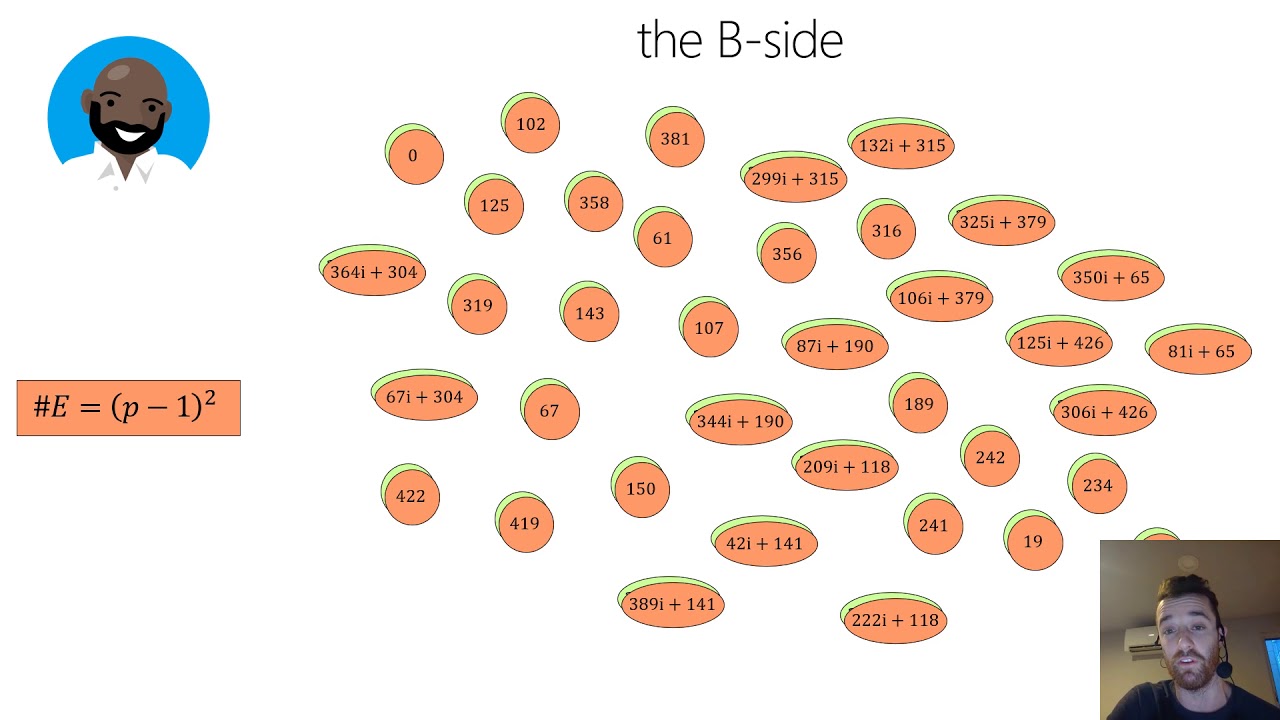Welcome to the resource topic for 2019/1145
Title:
B-SIDH: supersingular isogeny Diffie-Hellman using twisted torsion
Authors: Craig Costello
Abstract:This paper explores a new way of instantiating isogeny-based cryptography in which parties can work in both the (p+1)-torsion of a set of supersingular curves and in the (p-1)-torsion corresponding to the set of their quadratic twists. Although the isomorphism between a given supersingular curve and its quadratic twist is not defined over GF(p^2) in general, restricting operations to the x-lines of both sets of twists allows all arithmetic to be carried out over GF(p^2) as usual. Furthermore, since supersingular twists always have the same GF(p^2)-rational j-invariant, the SIDH protocol remains unchanged when Alice and Bob are free to work in both sets of twists. This framework lifts the restrictions on the shapes of the underlying prime fields originally imposed by Jao and De Feo, and allows a range of new options for instantiating isogeny-based public key cryptography. These include alternatives that exploit Mersenne and Montgomery-friendly primes, as well as the possibility of significantly reducing the size of the primes in the Jao-De Feo construction at no known loss of asymptotic security. For a given target security level, the resulting public keys are smaller than the public keys of all of the key encapsulation schemes currently under consideration in the NIST post-quantum standardisation effort. The best known attacks against the instantiations proposed in this paper are the classical path finding algorithm due to Delfs and Galbraith and its quantum adapation due to Biasse, Jao and Sankar; these run in respective time O(p^(1/2)) and O(p^(1/4)), and are essentially memory-free. The upshot is that removing the big-O’s and obtaining concrete security estimates is a matter of costing the circuits needed to implement the corresponding isogeny. In contrast to other post-quantum proposals, this makes the security analysis of B-SIDH rather straightforward. Searches for friendly parameters are used to find several primes that range from 237 to 256 bits, the conjectured security of which are comparable to the 434-bit prime used to target NIST level 1 security in the SIKE proposal. One noteworthy example is a 247-bit prime for which Alice’s secret isogeny is 7901-smooth and Bob’s secret isogeny is 7621-smooth.
ePrint: https://eprint.iacr.org/2019/1145
Talk: https://www.youtube.com/watch?v=bjkLZ8Lg3Jg
See all topics related to this paper.
Feel free to post resources that are related to this paper below.
Example resources include: implementations, explanation materials, talks, slides, links to previous discussions on other websites.
For more information, see the rules for Resource Topics .
